Have you ever imagined a creature from the depths of the ocean hurling shells or silt—almost like a grumpy child tossing toys across the room? Believe it or not, octopuses are doing just that. In the mysterious world beneath the waves, these eight-armed wonders show surprising behaviors that challenge what we think we know about animal intelligence and emotion. Recent observations reveal that octopuses can and do throw objects, and sometimes, the target isn’t just some random rock or shell—it’s another octopus. This shocking and strangely relatable behavior is captivating scientists and animal lovers everywhere, making us wonder: what else are these clever sea dwellers capable of?
Why Octopuses Throw Things: More Than Just a Quirk
The idea of an octopus pitching debris may sound playful, but there’s real science behind it. Researchers have watched as octopuses gather shells, silt, or even bits of algae, hold them in their arms, and then launch these objects through the water. This isn’t just random motion—it’s deliberate. Sometimes, the octopus appears annoyed, perhaps disturbed by another animal or even by a pesky underwater camera. It’s a reminder that these animals have personalities and can be moody, much like us. The reasons behind the throwing vary: some throws seem defensive, others are part of cleaning their dens, and occasionally, it’s just a way to say “back off” to a nosy neighbor.
The Art of Throwing: How Octopuses Do It
Watching an octopus throw is like witnessing a mini underwater performance. The process starts with the octopus gathering material in its arms, using its flexible suckers to hold everything tight. Then, with a sudden contraction of its arms and a squirt from its siphon—a powerful jet of water—it sends the collected debris shooting out. This siphon-powered blast gives the throw surprising force and accuracy. It’s not just aimless flailing; octopuses sometimes adjust their bodies to line up the perfect shot, showing they have a sense of direction and intent.
Octopuses vs. Octopuses: When Throws Get Personal
Perhaps the most astonishing thing is that octopuses don’t just throw things for fun—they sometimes lob objects at other octopuses. In crowded habitats, especially where food or shelter is limited, tempers can flare. Researchers have caught octopuses on camera tossing silt or shells directly at their neighbors, sometimes hitting them squarely. These interactions can seem almost comical, but they reveal a level of social complexity we rarely expect from marine creatures. It’s a little like a food fight at the lunch table, but with far more arms involved.
Communication or Combat? Decoding the Message
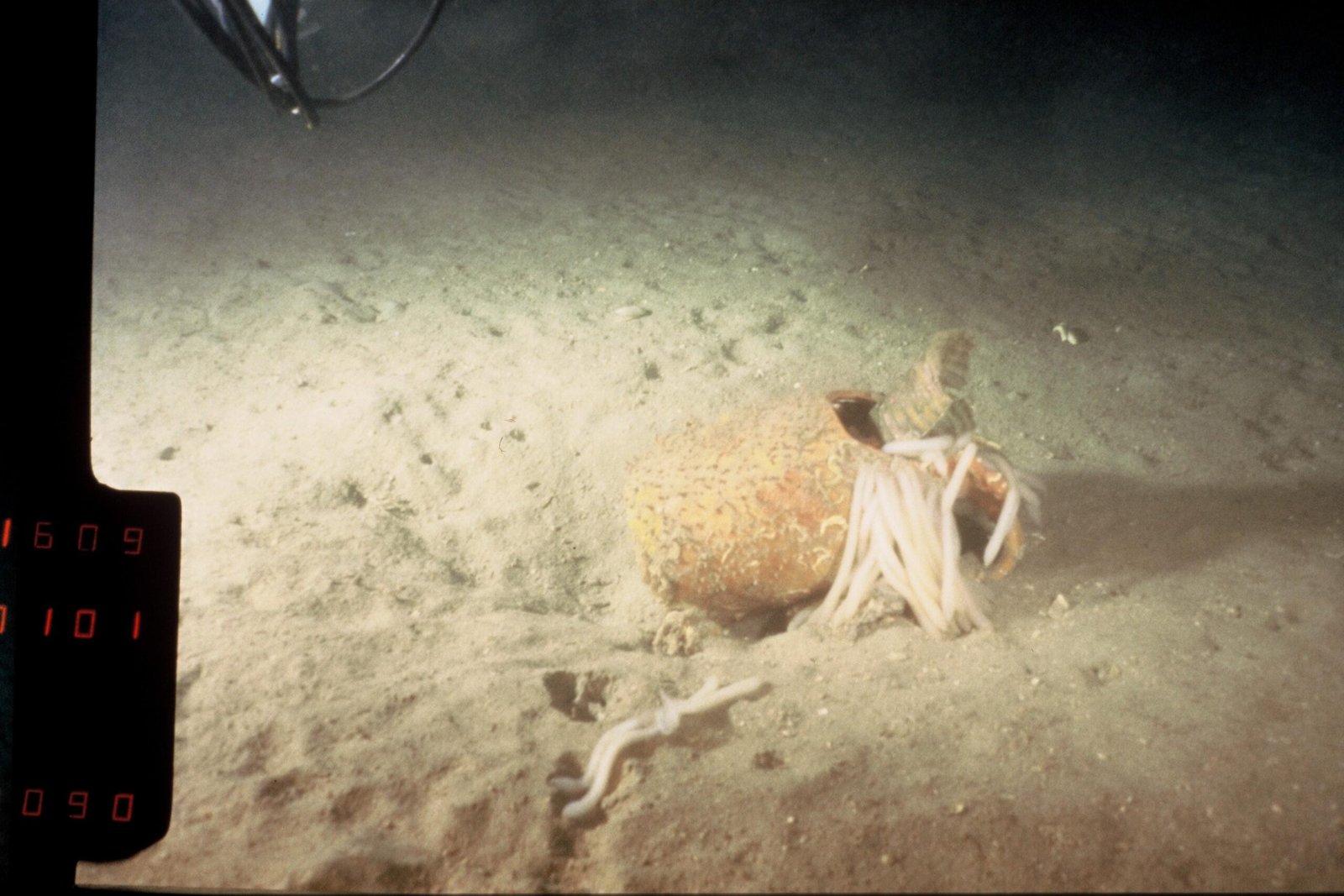
What’s really going on when an octopus hurls a shell at its peer? Scientists think these throws could be a form of communication, a way to establish dominance or simply express irritation. In some cases, it’s a warning: “Stay away from my den.” In others, it might be an attempt to drive off a rival or unwanted suitor. These behaviors blur the line between aggression and social signaling, suggesting that octopuses have a richer emotional world than we ever imagined.
Not Just Anger: When Throwing Helps with Housekeeping
Throwing isn’t always about annoyance or aggression. Octopuses are neat freaks when it comes to their homes. They often collect piles of shells and rocks to build dens, and when debris gets in the way, they’ll toss it aside. This “housekeeping” behavior helps keep their living spaces clean and organized, which is vital for protecting eggs or hiding from predators. Watching an octopus tidy up its den feels oddly familiar, like someone sweeping crumbs off a kitchen counter.
How Scientists Discovered This Behavior
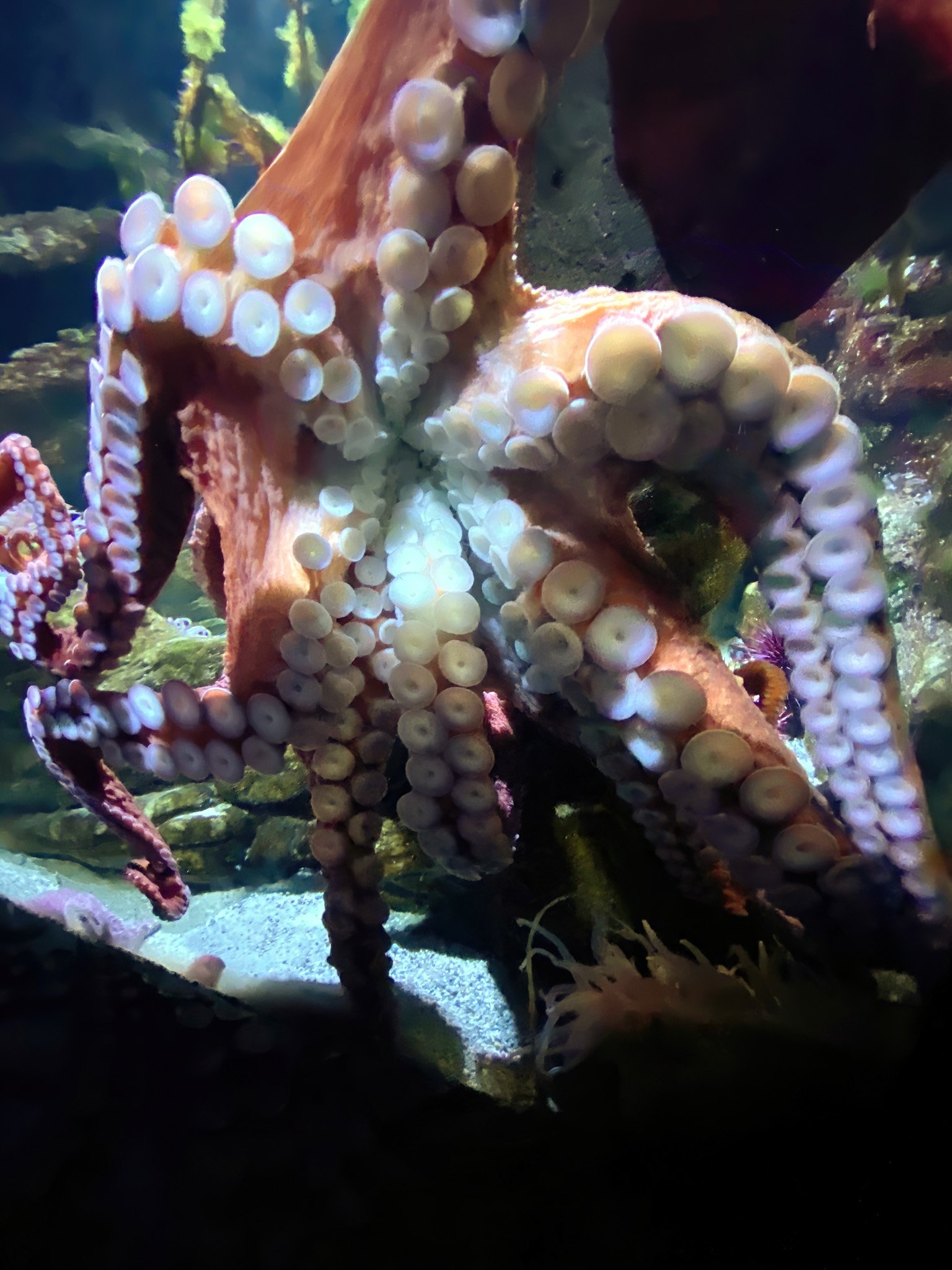
It took sharp eyes and a lot of patience for marine biologists to spot these throwing acts. Underwater cameras set up in octopus habitats captured hours of footage, revealing the surprising frequency and variety of throwing behaviors. By carefully analyzing what was thrown, how it was thrown, and who was nearby, scientists began to piece together the motivations behind each toss. Some cameras even recorded repeated “attacks” on the same unlucky neighbor, confirming that these were not random acts but targeted actions.
Comparing Octopus Throws to Other Animal Behaviors
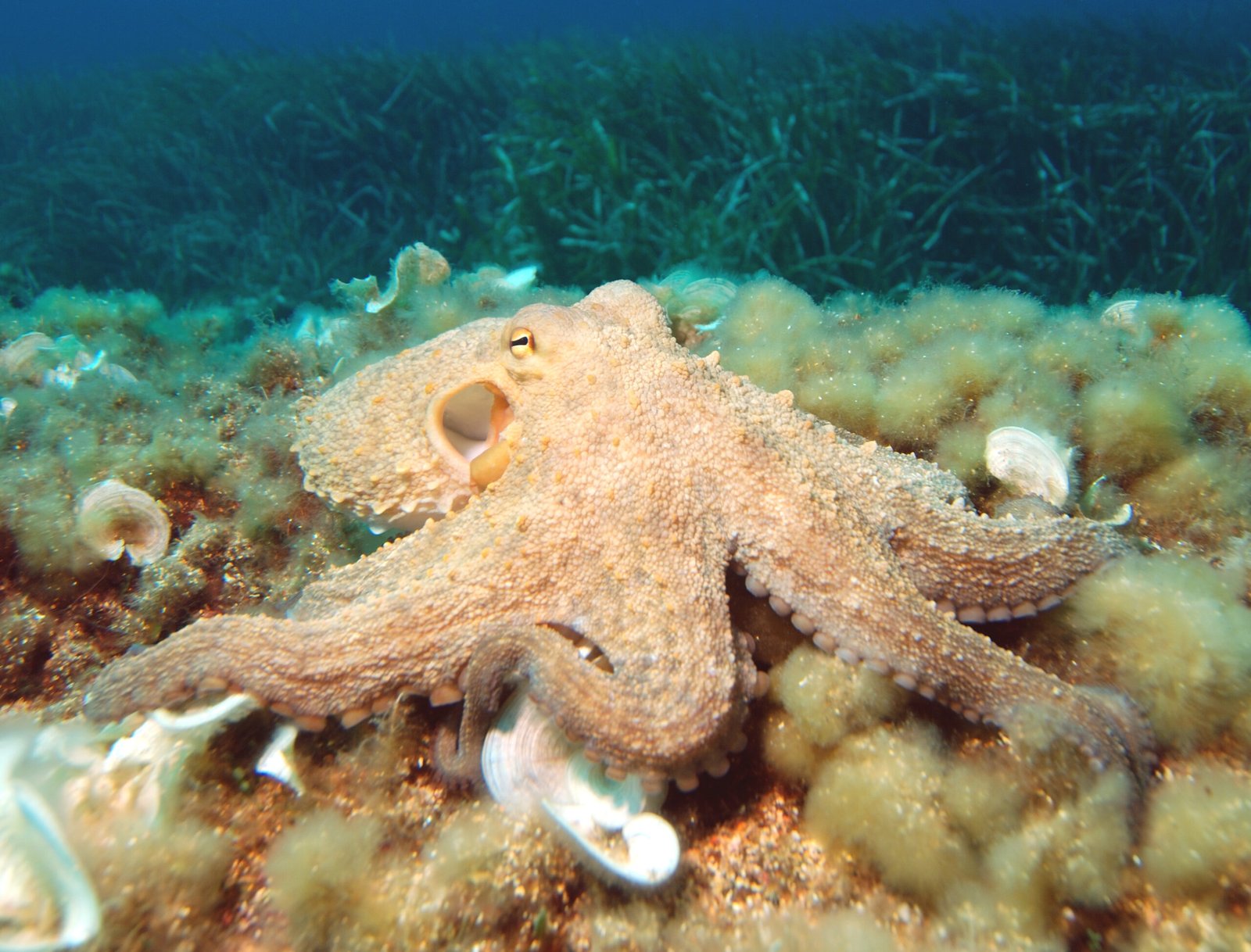
The act of throwing is rare in the animal kingdom, especially with this level of intent. While some primates throw objects and elephants have been seen hurling dirt, the octopus is unique among marine animals for this behavior. It’s a striking example of convergent evolution—a process where different species develop similar skills to solve similar problems. The octopus’s ability to throw hints at intelligence and problem-solving abilities that rival those of much more familiar animals.
What Throwing Reveals About Octopus Intelligence
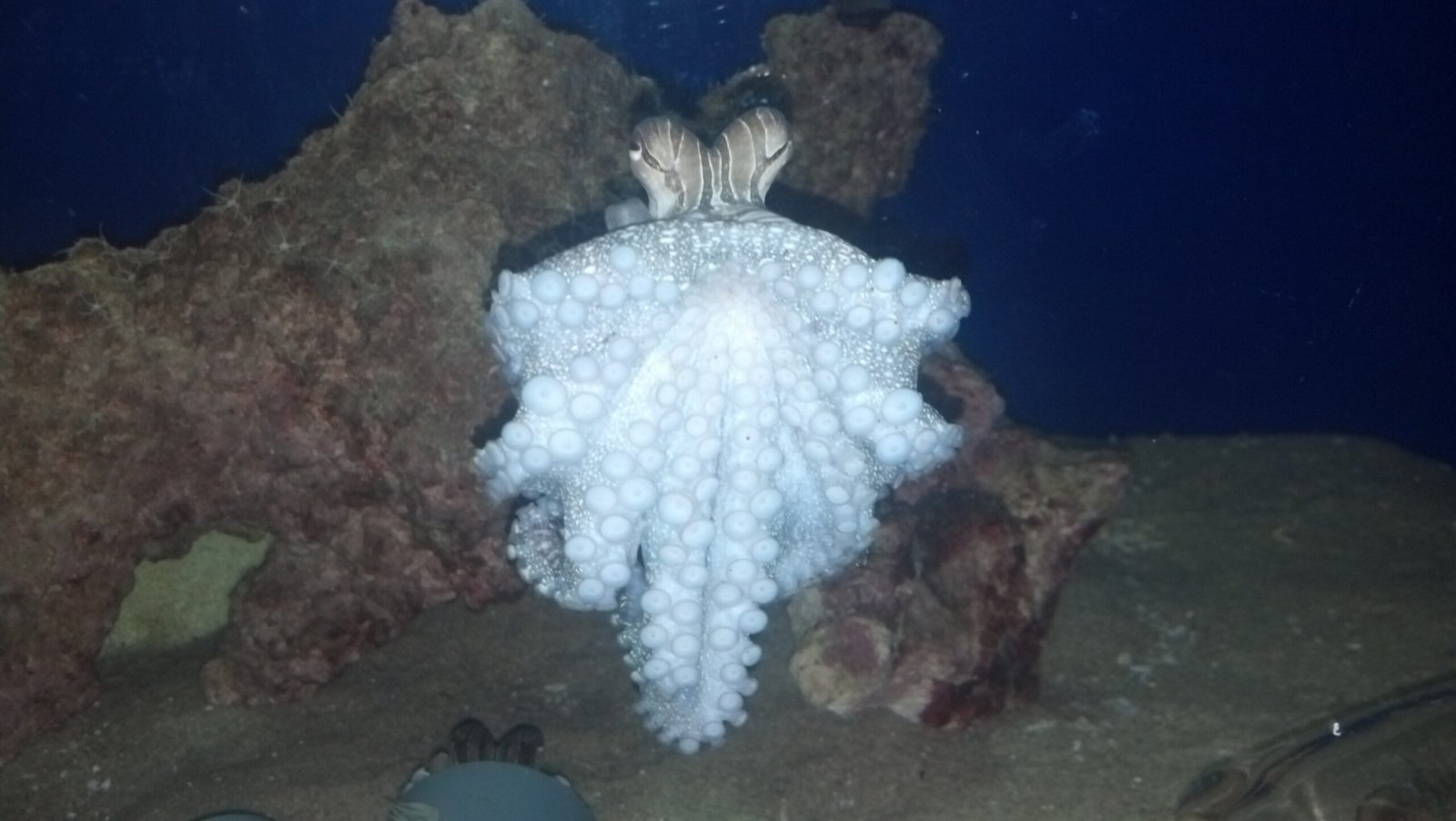
Every throw tells a story about the incredible minds of octopuses. Their brains are decentralized, with nerve clusters in each arm, yet they coordinate complex actions with ease. Choosing what to throw, when, and at whom requires quick thinking and awareness of their surroundings. This behavior adds to a growing list of octopus feats—like escaping enclosures or using tools—that point to a surprising depth of intelligence and emotional range beneath those watchful eyes.
The Emotional Lives of Octopuses
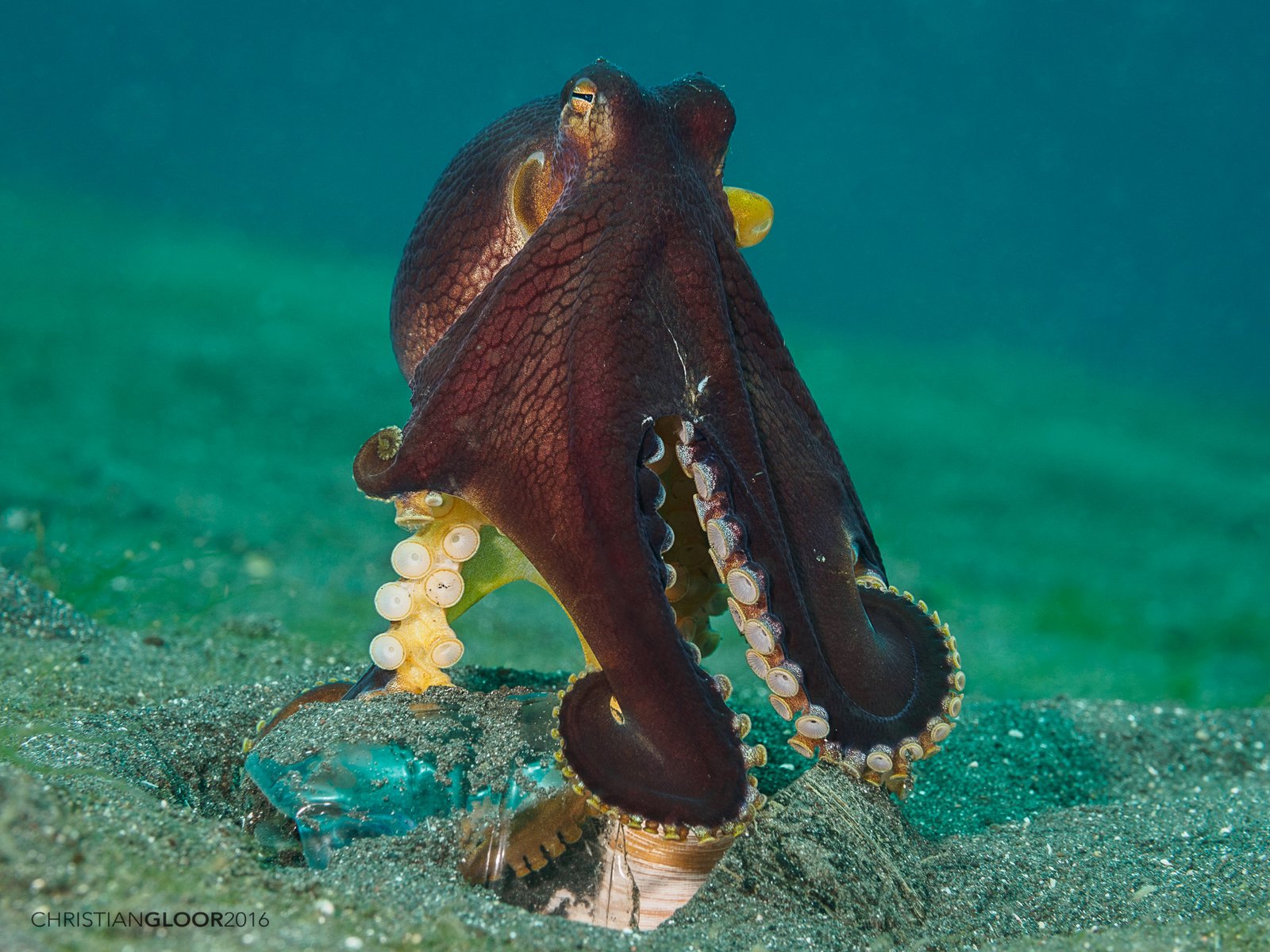
If you’ve ever watched a pet sulk or play, you might see a bit of yourself in the octopus. Their throwing behavior suggests they experience emotions like frustration, jealousy, or irritation. While we can’t know exactly how an octopus feels, the way they interact with their world hints at rich inner lives. Their expressive eyes and rapid color changes add to the sense that these creatures are far more than just mindless sea dwellers—they’re individuals with quirks, moods, and a sense of agency.
Implications for Marine Conservation and Animal Ethics
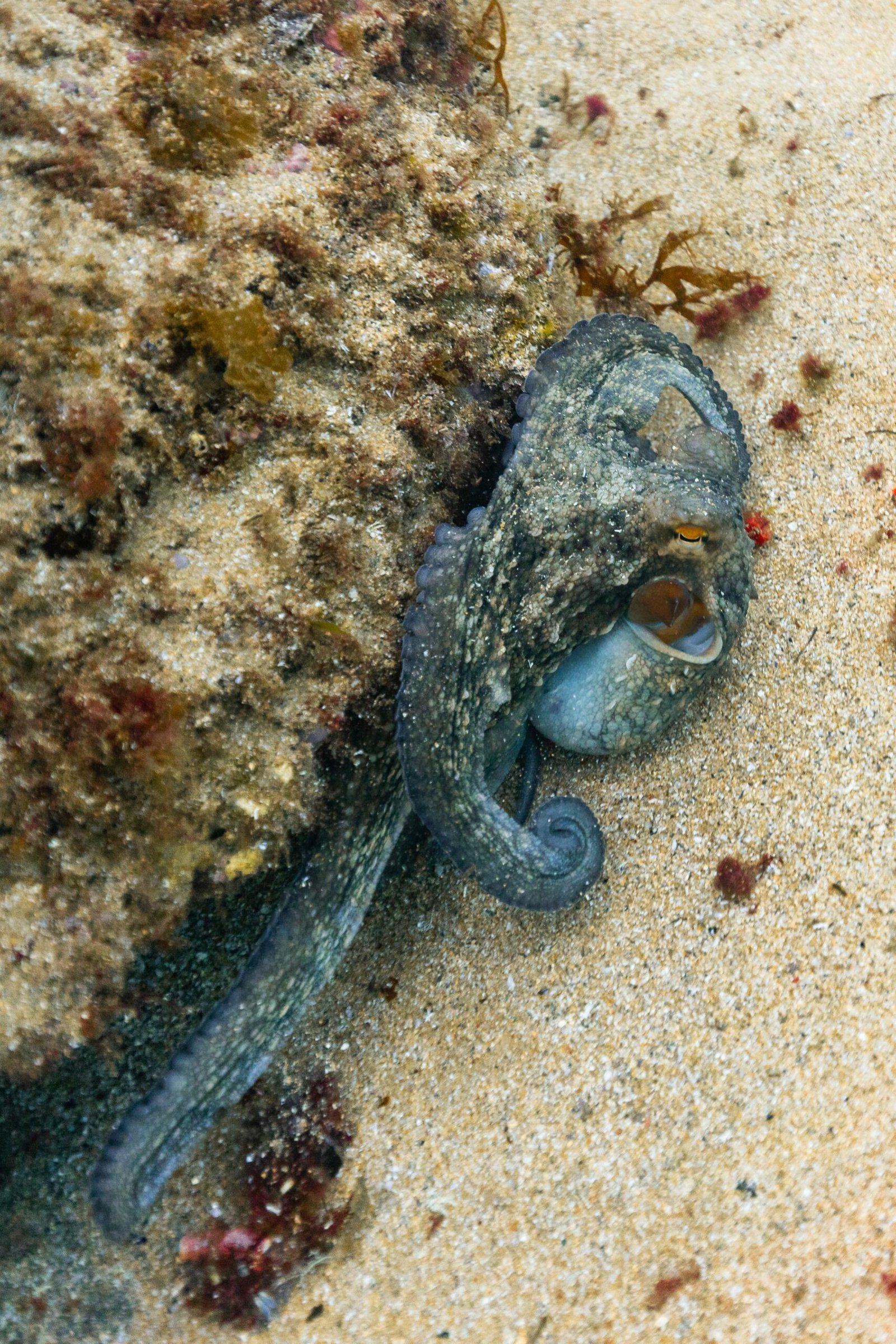
Understanding octopus behavior isn’t just fascinating—it has real-world consequences. If these animals are capable of complex emotions and social interactions, it challenges how we treat them in research, fisheries, and even as pets. Recognizing their intelligence means we have a responsibility to protect their habitats and ensure their well-being. As more people become aware of these remarkable behaviors, the call for ethical treatment of octopuses grows stronger.
What’s Next for Octopus Research?
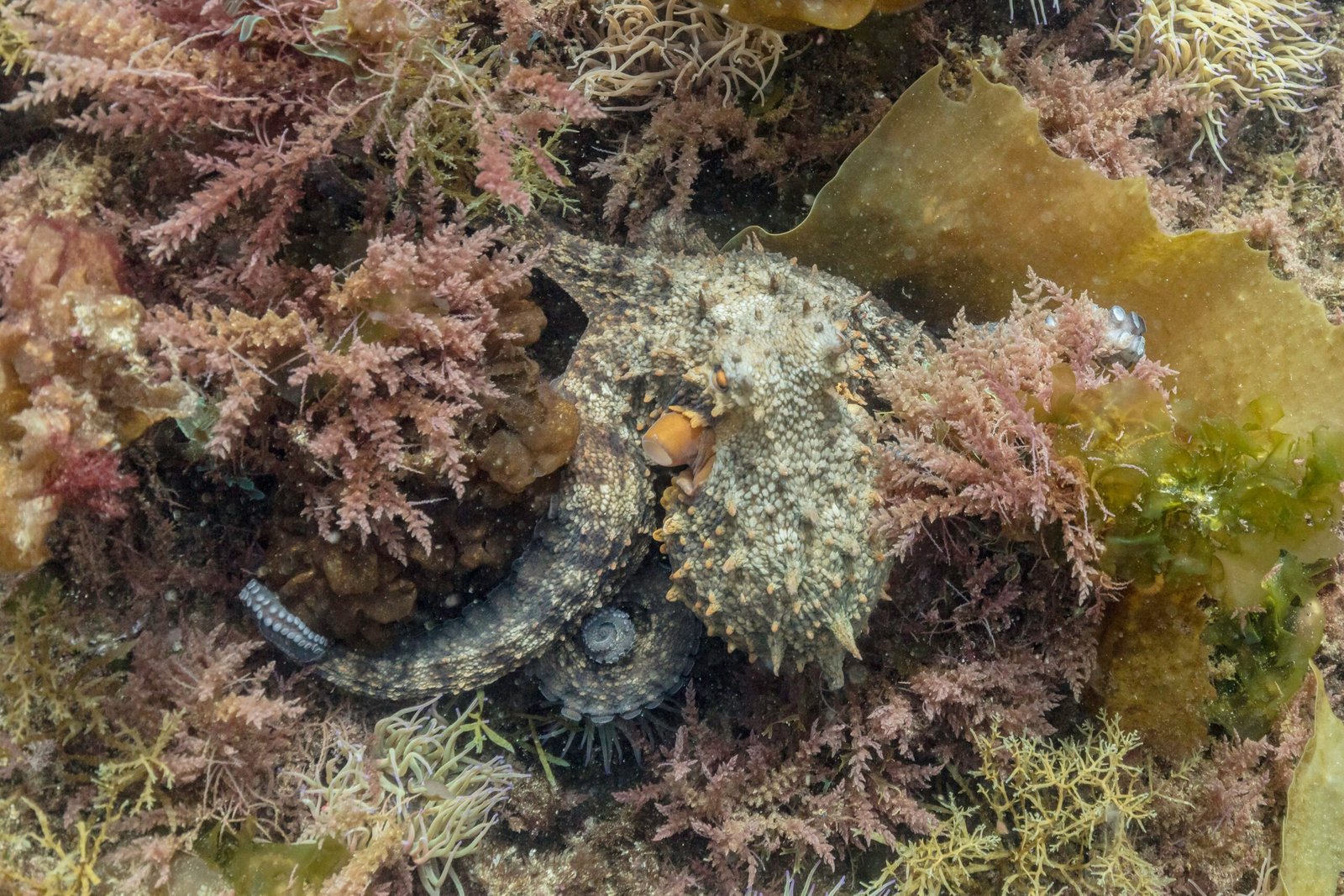
The ocean is still full of secrets, and octopus throwing is just the beginning. Scientists are eager to learn more about how these behaviors develop, whether young octopuses imitate adults, and if throwing is common in other species. Underwater technology and AI-powered analysis are opening new windows into their world, promising even more jaw-dropping discoveries. The more we look, the more we realize how much we still have to learn about these mysterious and captivating creatures.


